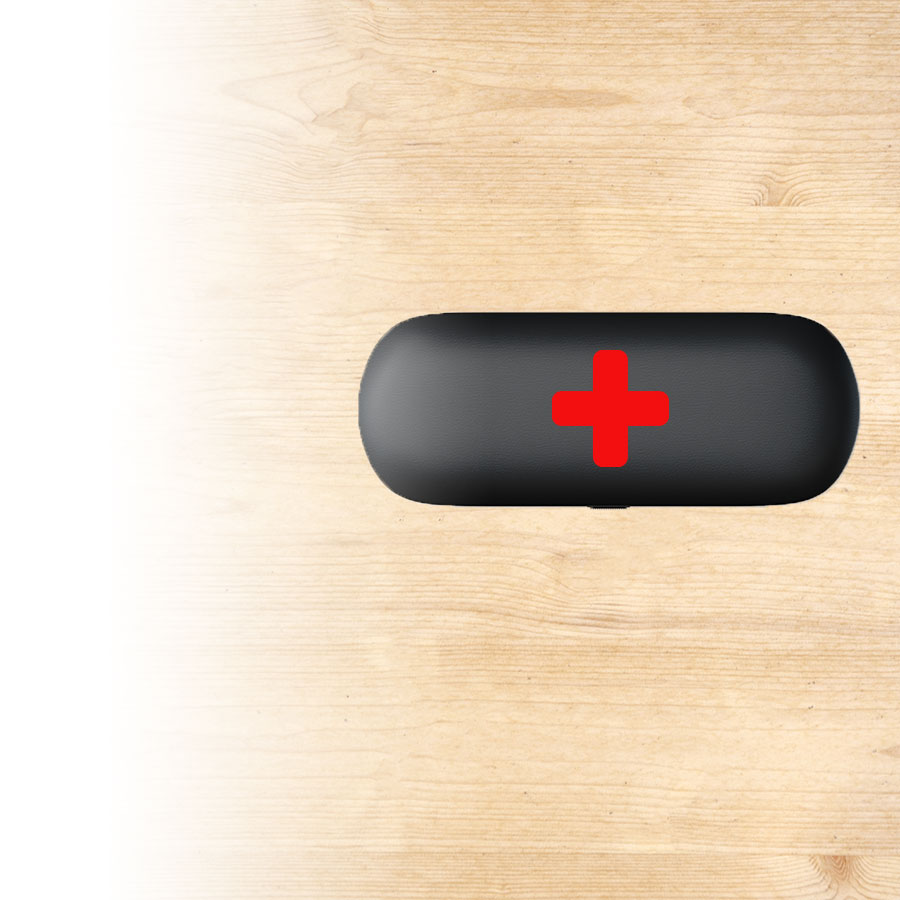All opioid users, in both a medical and illicit context, are at risk of a potentially fatal overdose. Fortunately, there is a free and accessible antidote.
What is naloxone?
Naloxone is the antidote used for a suspected overdose to opioids (also called narcotics or opiates). It comes in two formats. The first is an intramuscular injection and the second is a nasal spray. The latter is easier to use.
Here are some examples of substances that can counteract the effect:
- morphine
- codeine
- hydromorphone
- oxycodone
- fentanyl
- heroin
Naloxone binds to the same receptors in the brain as narcotics, but with greater affinity. This reduces the dangerous effects of an overdose, such as respiratory depression. It acts within two to five minutes to restore breathing.
However, its beneficial effect is temporary, as its action lasts about 20 to 90 minutes, which is less time than that of most opioids. Thus, its use does not preclude the need for the intoxicated person to be transported immediately to the nearest hospital.
Can I do harm by administering naloxone?
Naloxone will not cause harm if you give it to someone you think is overdosing, but who is not. Additionally, you do not need medical training to administer naloxone safely.
Its use can save the life of an intoxicated person because it increases the survival time until first aid arrives and can then take over. Don't be afraid to use it, regardless of the person's age. It is also noteworthy that it will not cause any dependency.
Where can I get this product?
The governments of the various Canadian provinces have increased access to naloxone in recent years.
People who use opioids and their loved ones can obtain a naloxone kit at a pharmacy. A doctor’s prescription is not required. In addition to the medication, the kit contains a pair of gloves and a mask to perform rescue breathing maneuvers, if necessary.
In Quebec, it is given free of charge, with instruction, and this is also the case in several other provinces.
Who should have naloxone in their home?
It is recommended that anyone using opiates, whether prescription or black market, have a naloxone kit. It is important to understand how to use it and to teach your loved ones about it so that you are prepared in case of an overdose. It is also important to tell them where the kit is located in the house.
Security guards and street workers are other people who could benefit from obtaining it.
When can an overdose occur?
An overdose most commonly occurs when a person who has temporarily cut back on use returns to using at the same dose as when they started. Having lost some tolerance to the substance, they are more likely to overdose.
In other cases, the overdose may be caused by an interaction with another drug (e.g., a benzodiazepine for sleep), a natural health product or alcohol, or a dosing error. Accidental or intentional ingestion of an opioid by a loved one living in the same household may also be involved.
For illicit drugs, a change in the source of the drug is often involved.
What are the signs of an overdose?
If you or a loved one is using an opiate, look out for some of the warning signs and symptoms of an overdose, such as:
- an extreme desire to sleep
- very slow breathing, even to the point of respiratory arrest
- narrowing of the pupils
- a very slow heart rate.
What should be done in the event of an overdose?
A person using narcotics who does not respond to noise or vigorous rubbing of the sternum and has difficulty breathing is probably overdosing.
Stay on the scene and offer assistance. This is a medical emergency.
Here's what you should do:
- First, call 9-1-1.
- Administer naloxone as instructed.
- Give first aid until help arrives if necessary.
- A second dose of naloxone may be needed if the person has not woken up after three minutes.
- Stay with the intoxicated person, speak calmly and reassure them that emergency services will arrive soon.
Note that the Good Samaritan Drug Overdose Act provides some protection for anyone rendering emergency assistance in the event of an overdose. Find out more.
Checklists for injectable naloxone and intranasal naloxone have been developed by the Ministère de la Santé et des Services sociaux and should be kept with the naloxone kit. Speak to your pharmacist for additional information about naloxone.

